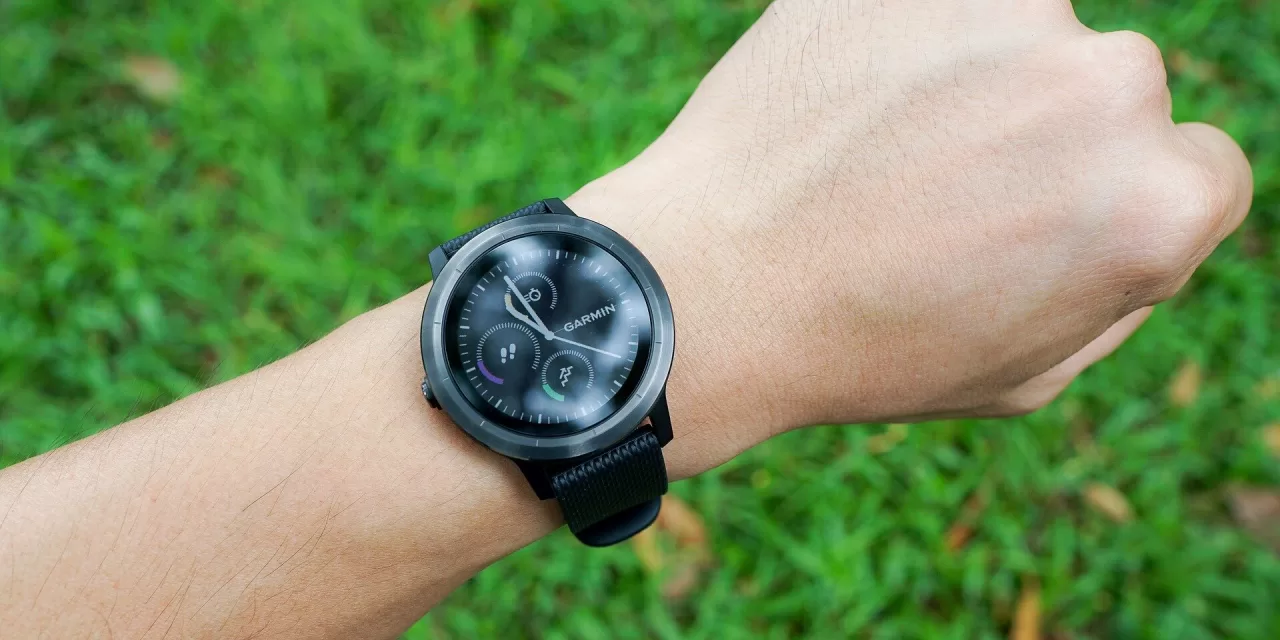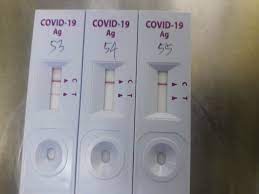Wearable trackers and monitors, such as smartwatches, are becoming increasingly popular and sophisticated, offering valuable health information for people with chronic conditions. For those living with heart conditions, these devices can provide critical updates about heart rate and rhythm abnormalities. However, a recent study published in the Journal of the American Heart Association has revealed a paradox: while wearables help manage heart conditions like atrial fibrillation (AFib), they may also heighten anxiety about one’s health.
The Dual Nature of Wearable Health Devices
Wearable devices play a significant role in managing and detecting atrial fibrillation, a common heart rhythm disorder affecting about 2% of the general population and 5% of those over 55. Symptoms of AFib include palpitations, fatigue, and shortness of breath, although some individuals may experience few to no symptoms. Effective self-management is crucial to enhance the quality of life and prevent complications such as stroke and heart failure.
Wearable devices can provide real-time heart rate and rhythm data, alerting users to AFib episodes. This continuous monitoring is particularly beneficial for those with paroxysmal, or episodic, atrial fibrillation. Studies have shown that smartwatches are highly effective in detecting irregular heart rhythms, potentially helping manage and even prevent AFib episodes.
Empowerment Versus Anxiety
For many, wearables offer reassurance through reliable, personalized health data. This can boost confidence and a sense of safety, especially when combined with symptom trackers or patient diaries. Such tools can help patients manage their condition at home, reducing hospital visits and associated stress. In clinical settings, wearable data can foster shared decision-making between patients and healthcare providers, improving understanding and management of the condition.
However, the study by the Journal of the American Heart Association found that wearables might also increase anxiety. The research, which tracked 172 people with AFib over nine months, revealed that those using wearables were more concerned about their symptoms and treatment. About one in five participants experienced intense anxiety, which can worsen physical health and exacerbate heart conditions.
The Psychological Impact of Continuous Monitoring
The constant monitoring and frequent notifications from wearable devices can lead to information overload, causing stress and anxiety. Some users feel like “prisoners of the numbers,” continually checking their device and worrying about their readings. This vigilance can dominate their lives, leading to increased health-related anxiety.
Additionally, the volume of notifications and alarms can be overwhelming, prompting users to seek medical advice more frequently. While this isn’t necessarily negative, it can discourage self-management for some individuals. Low health or digital literacy can also contribute to stress, causing some users to abandon their wearables altogether.
Looking Ahead: Balancing Benefits and Drawbacks
The future of wearable health technology may include creating a holistic “digital phenotype” that integrates various health data points like sleep patterns, weight changes, and physical activity. However, more research is needed to fully understand the impact of wearables on anxiety levels and overall well-being.
For current users, regularly reviewing data and adjusting notification settings can help manage anxiety. Discussing the use of wearable devices with healthcare professionals can also aid in developing effective self-management strategies. As the integration of wearables into patient care continues to evolve, healthcare providers must become more confident in utilizing this technology to support their patients effectively.
Wearable health devices hold great potential for managing chronic conditions, but it’s essential to balance their benefits with the psychological impact they may have. By understanding and addressing the anxiety associated with wearables, we can better harness their power to improve health outcomes without unnecessary stress.












